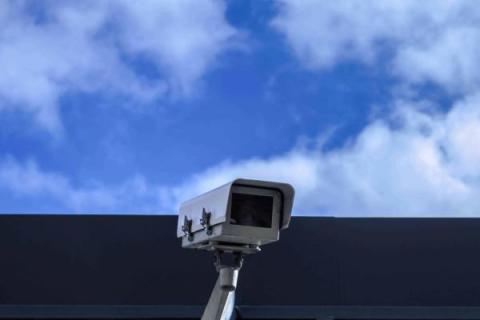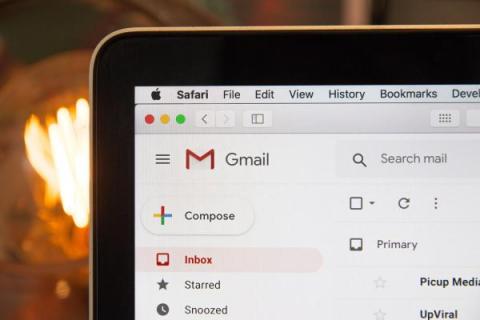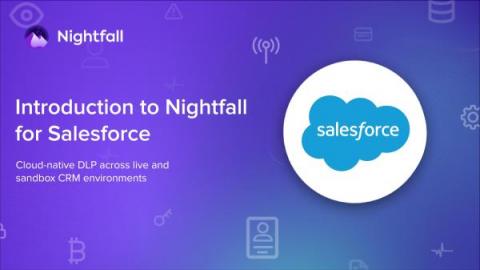Establish an Efficient DLP Policy With These 5 Best Practices
Strong data loss prevention requires two things: a strong policy that guides user actions and permissions, and the tools to monitor and manage data security. Many organizations know they need to invest in software, platforms, and other security settings to create secure networks, endpoints, and cloud settings. But not every organization has a strong DLP policy to guide these tools. Many compliance regimes require companies to record data loss prevention policies.










